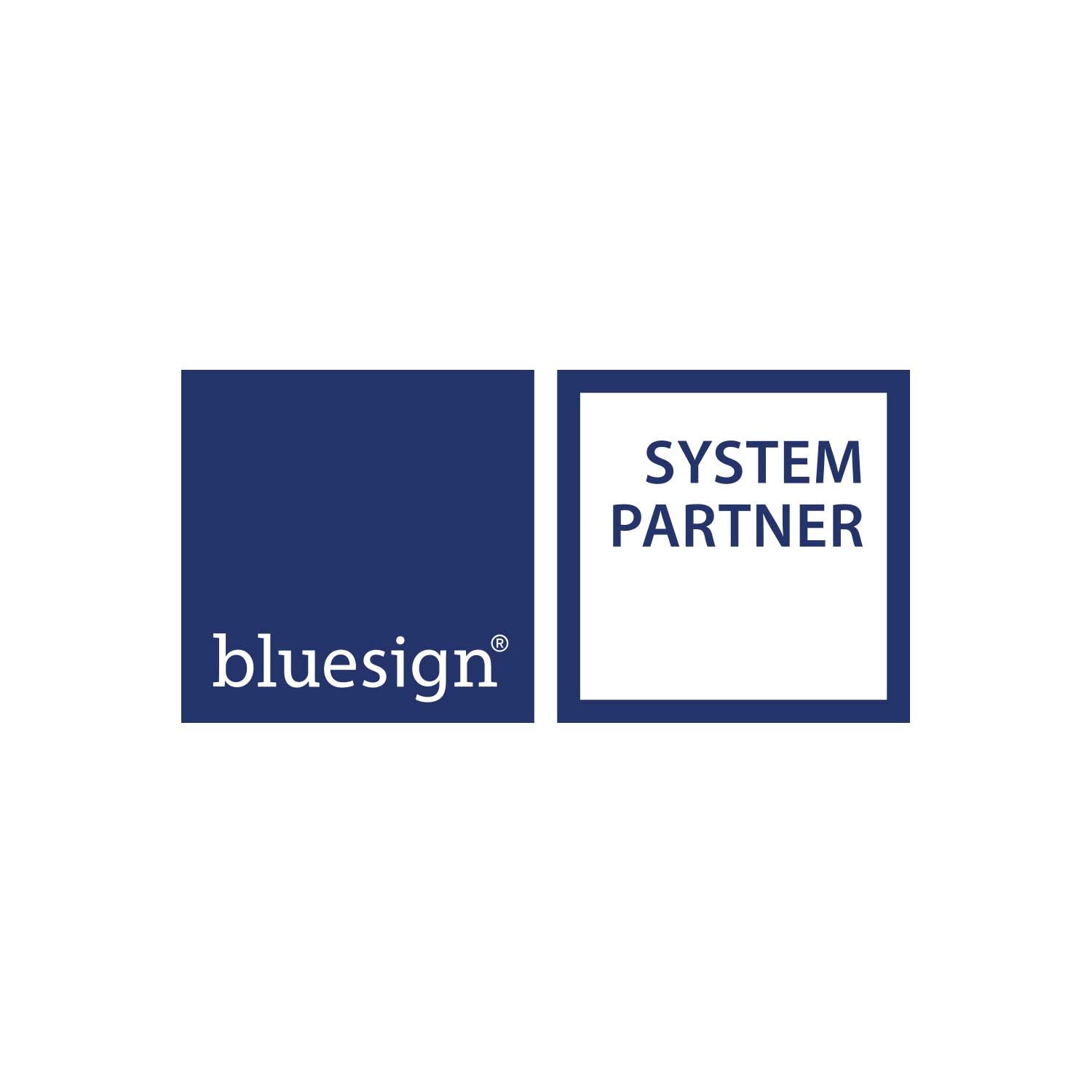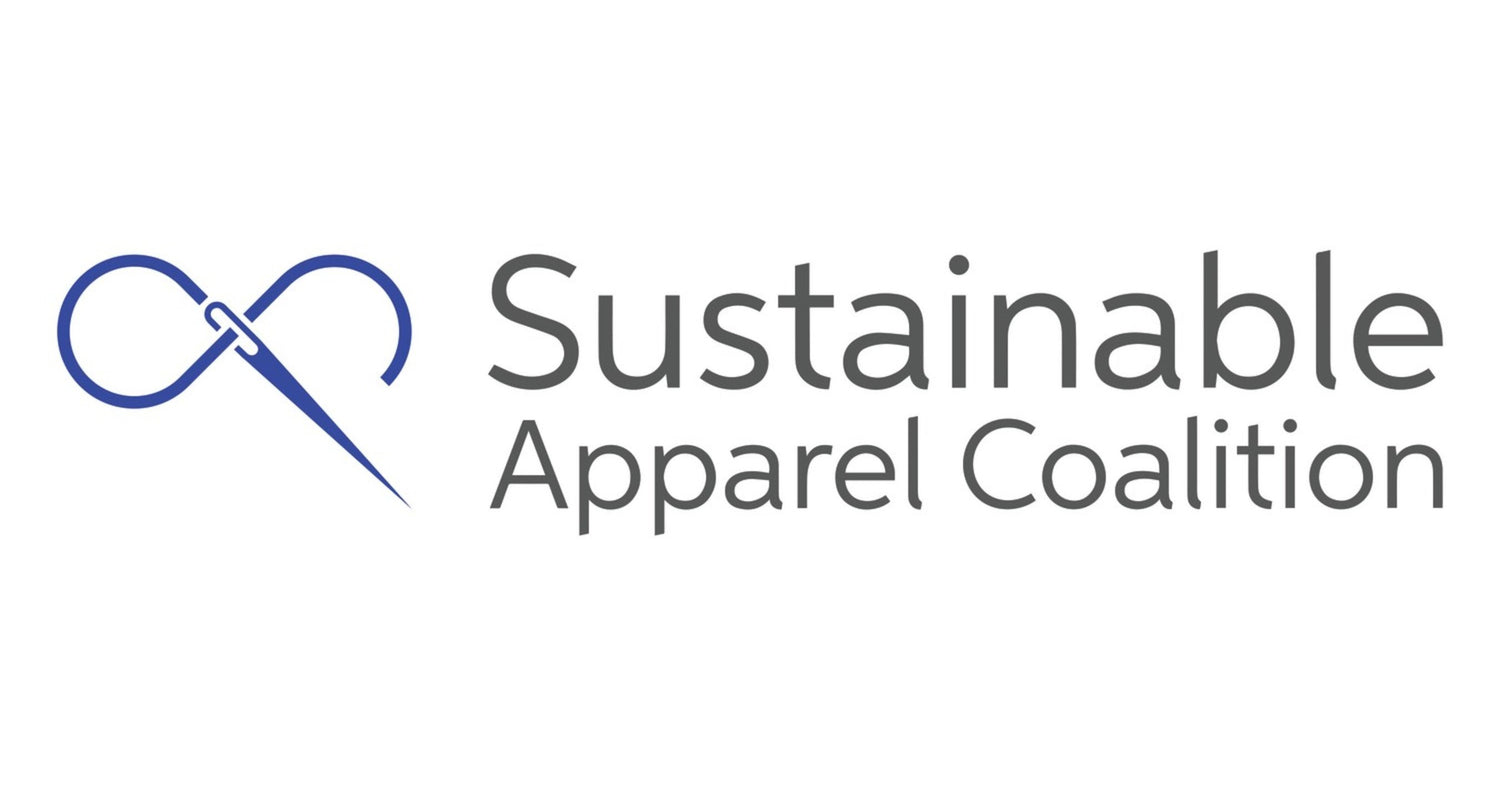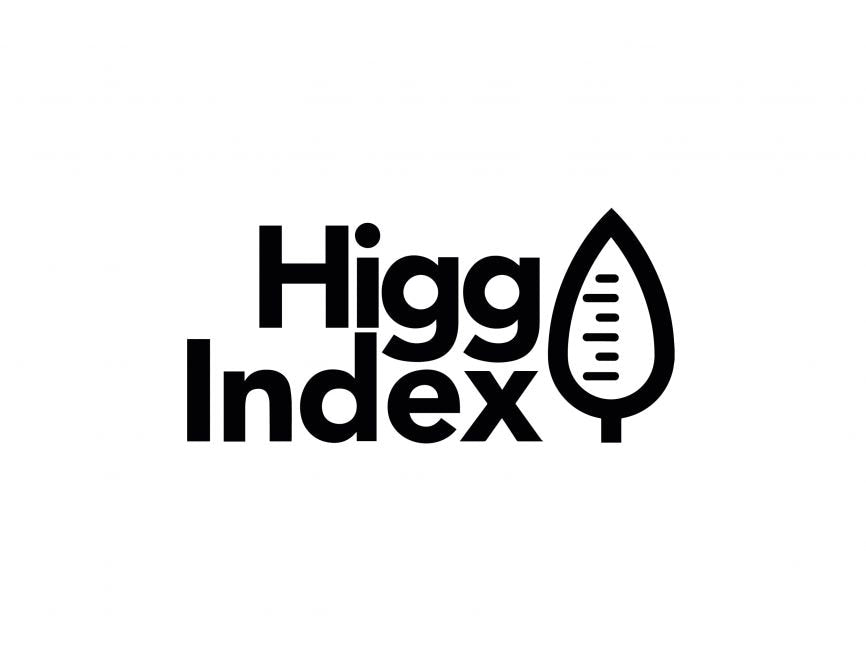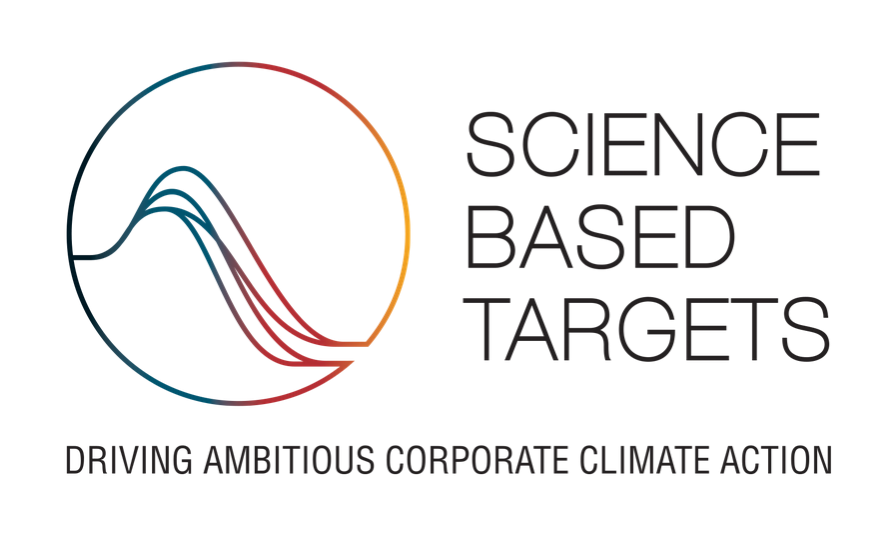Conservation
Preserving our forests, rivers, lakes, deserts and seas is one of our top priorities. We never stop working on the continuous optimization of our environmental commitment - at all levels. Bigger and smaller.
Preserving our forests, rivers, lakes, deserts and seas is one of our top priorities. We never stop working on the continuous optimization of our environmental commitment - at all levels. Bigger and smaller.

We are a bluesign® system partnership – safe and sustainable
on behalf of manufacturing processes. The independent bluesign® system represents textile production that is sustainable in every way. It sets the highest standards in occupational safety, consumer protection, conservation of natural resources and prevention of water and air pollution.

Together towards sustainable development. Jack Wolfskin has been part of the Sustainable Apparel Coalition (SAC) organization since August 2020. SAC is comprised of over 250 leading apparel, footwear and textile brands, retailers, suppliers, service providers, trade associations, non-profit organisations, NGOs and academic institutions that
work to reduce environmental impact and social
to promote fairness in the global value chain.

We use the Higg Index to measure responsibility in a standardized way, following a common language with the industry. The Sustainable Apparel Coalition (SAC) developed the Higg Index to provide a standardized method for assessing the social and environmental performance of the value chain and the environmental impact of products.
No harmful chemicals! Thanks to ZDHC MRSL Prohibited Substances
from the list. MRSL stands for "Manufacturing Restricted Substances List"
i.e. the list of substances restricted in manufacture, and it refers to the catalog
of chemicals that are prohibited or whose concentrations are not allowed
exceed strict limits throughout the production process.
Our green book has strict requirements for the finished product. In addition to the ZDHC MRSL, we have introduced our own "Restricted Substances List" (RSL) which regulates substances and residues in our finished products, including all fabrics and all components such as buttons and
zippers.
We avoid packaging waste whenever possible. protective packaging,
such as those used in transport, complete removal from the products is not
not be possible. However, we have implemented several measures
to reduce packaging waste whenever possible.
We are working on various solutions for microplastics
in the field of processing. It's not just big people who pollute the environment
plastic waste volumes; microplastics - small and almost invisible
plastic particles - are increasingly a growing problem.
We solve the challenges of our industry together. By working with strong, like-minded partners, we can achieve bigger steps in the field of sustainable development. That is why we have joined various dedicated associations and other organizations.
"We take responsibility as a matter of course. That's why we constantly strive to reduce the negative impact of new products and technologies on humanity and the environment."
We reduce CO2 emissions on all our transport routes. The key to reducing our transportation-related CO2 emissions is a complete overhaul of our logistics process, the operative term is "supply chain management" (SCM).
We use green electricity, some of it we produce ourselves. In addition to reducing electricity consumption, we focus on the use of renewable energy. Since 2012, we have switched the electricity supply at the Jack Wolfskin headquarters in Idstein, the Jack Wolfskin distribution center in the Neu Wulmstorf area and all but one Jack Wolfskin-owned retail store in Germany and Austria to green electricity. Some of this energy is even produced in-house using solar power installations at our locations in Idstein and Neu-Wulmstorf.
We consider environmentally friendly trips - also for business trips.
Protecting the environment is also important to us in connection with business trips, whether they are short or long. In practice, this means that Jack Wolfskin staff are strongly encouraged to use the train for all business trips in Germany and neighboring countries.
The furniture and lighting in our stores are environmentally friendly. When equipping the stores, we pay attention to responsibility and completely avoid the use of PVC. We focus on choosing long-lasting natural materials, such as locally sourced wood, as well as recyclable elements, so that they have little impact on the environment. It is also important that building elements can be reused. In addition, we have implemented an energy-efficient lighting concept.
Nature and biodiversity around our headquarters in Idstein. We have done away with paved paths at our headquarters in Idstein. Already since 2008, the paths on our campus
has been replaced by an ecologically sustainable green area - including
bushes, trees, flowers and grassy areas.
In 2021, together with all of you, we managed to preserve 25,000 m² of European beech for the next 50 years. We donated 100,000 euros from the profits received during the Nature Counts campaign to the 'Wohllebens Waldakademie' (Forest Academy led by Peter Wohlleben) for a forest conservation project.

In November 2023, Jack Wolfskin proudly committed to Science-Based Targets (SBT), related to the goals of the Paris Agreement. This initiative represented our dedication to sustainability, pledging to set and achieve 5-10 year near-future emissions reduction targets before 2030. By addressing climate change, we aim to positively impact our customers, supply chain partners and the environment.